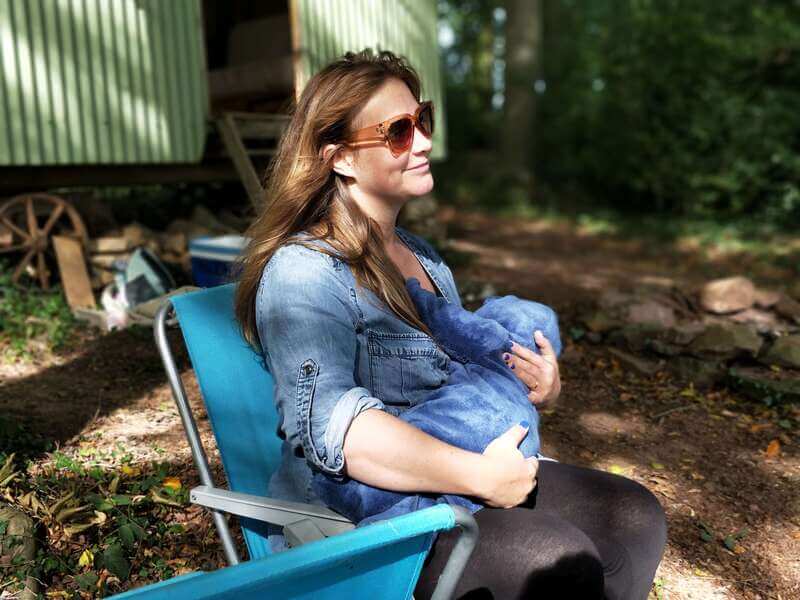
Bread is a basic foodstuff that has been around for centuries. The ingredients—yeast, flour, water, salt, and oil—are as basic as they come, and you don’t need to know any fancy folding techniques to mix them together.
But even with simple ingredients and instructions, bread is one of the hardest bakes to master. It doesn’t matter if you’re a novice or a pro—just a few minutes off on your kneading and rising time or a few degrees too hot or cold in the oven can turn your bread into a brick.
Breastfeeding is like bread. It’s a simple, natural process, and at first glance, it seems like it should be easy. But once you get into it, you realize that there’s complexity hidden inside the simplicity.
Blebs, blocked ducts, and bacterial infections are some of the most common and painful breastfeeding issues, and they can equally affect new and experienced parents. Keep reading for tips on recognizing and treating common breastfeeding roadblocks.
Blebs, painful white or clear dots on the nipple or areola, happen when tiny pieces of skin grow over a duct opening and trap milk in the nipple. Nipple pores that can’t allow milk to flow can become inflamed and painful.
Blebs are sometimes called milk blisters, but they shouldn’t be confused with nipple blisters caused by friction from a poor latch. Those blisters often look more like a blood blister and usually have a red or brown appearance instead of the clear or white pinpoint top of a bleb.
Unlike thrush or mastitis, which are bacterial infections, blebs often resolve on their own or can usually be treated at home without medication.
If you have a bleb or milk blister, the following steps can help you clear it quickly:
You can apply a warm, wet compress to the nipple for 10–15 minutes before breastfeeding. Whichever option you choose, try to do it three or four times in 24 hours or until the blister clears.
Your baby will nurse energetically at the beginning of a feeding session, so use that to your advantage. Immediately after finishing the moisture application, begin feeding your baby on the breast with the blister. The combination of heat and suction may be able to pull the bleb out.
Nipples usually heal beautifully with your naturally antibacterial milk bathing the area with every feed. There’s really no need to do anything special.
Occasionally, a bleb will not go away without help from a medical professional. If your bleb doesn’t clear after 2–3 days of home treatments, becomes increasingly painful, red, or tender to the touch, or if you develop a fever or chills, call your doctor. If untreated, uncleared blebs can lead to mastitis and other bacterial infections.
A vasospasm is a persistent contraction of blood vessels that reduces blood flow and restricts the amount of oxygen delivered to tissues. Unlike blebs, which are specific to the breast, vasospasms can occur anywhere in the body.
When it comes to breastfeeding, vasospasms usually happen in the nipple. The most common cause is a baby latching shallowly. The compression of shallow latching causes results in decreased blood flow to the nipple tip during feeding. Vasospasms can also occur when parents have Raynaud's phenomenon; in this case, vasospasms are triggered by exposure to cool temperatures.
Vasospasm usually manifests as a burning, stabbing, pins-and-needles sensation in the nipple that happens most often after a feeding session, but can also occur at other times. It might last a few seconds, or it might last several minutes. The pain may also be more intense if your nipple is exposed to colder air (think getting out of a hot shower or going for a walk on a cold day).
Because the symptoms of burning pain are so similar, vasospasms are sometimes misdiagnosed as a thrush infection. But the telltale sign of vasospasm is a change in nipple color to white, purple, blue, or red. Sometimes a nipple can change color several times as it adjusts to changing temperatures.
It depends if the cause of vasospasms is a less than optimal latch during feedings, or is a symptom of Raynaud’s phenomenon. When latch improves (schedule a consult immediately if you need help) vasospasms often disappear completely. Because temperature fluctuations exacerbate nipple vasospasms, it usually does help while you work on latch issues, to manage your exposure to the cold. Ideas for doing this include:
And while we know that new parents are often sleep-deprived, try to limit your caffeine intake.
People with Raynaud’s phenomenon often have cold hands and feet also. Talk to your doctor if this sounds like you. They can help you figure out the best treatment approach.
The most common bacterial breast infection is mastitis. Mastitis can develop after a clogged duct becomes infected, or just out of the blue.
Symptoms of mastitis usually come on very quickly and can include:
Mastitis can resolve on its own, but it can risk turning into a breast abscess that has to be surgically drained. If you have any mastitis symptoms, it is important to contact your physician immediately. They will likely prescribe oral antibiotics to clear the infection entirely.
While the antibiotics are working, there are some things you can do at home to lessen your symptoms.
You may notice a slight dip in milk production while your body fights the infection, but continuing to breastfeed and pump as usual will help maintain your supply. You can not pass the bacterial infection to your baby.
Warm compresses and showers can help reduce the pain that sometimes accompanies a bacterial infection
Ice can be very helpful for symptoms of inflammation as well. It can feel very soothing for painful breasts.
Bras that are too tight can constrict ducts and make new clogs more likely.
If you’re struggling to overcome these common breastfeeding issues, Nest Collaborative is here to help. Our International Board Certified Lactation Consultants have extensive experience providing lactation counseling services via telehealth to hundreds of breastfeeding parents in the comfort of their own homes.
If you need help, don’t hesitate to reach out and schedule a consultation today.
